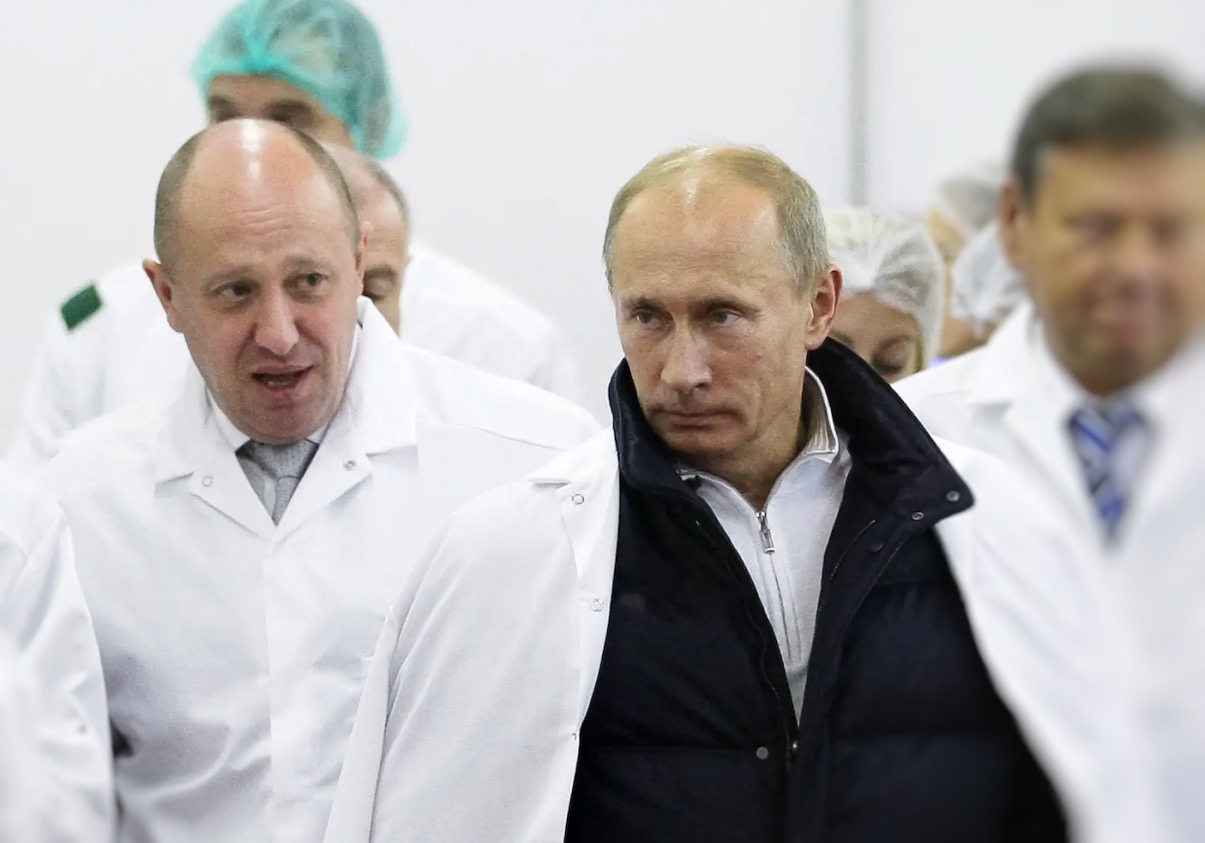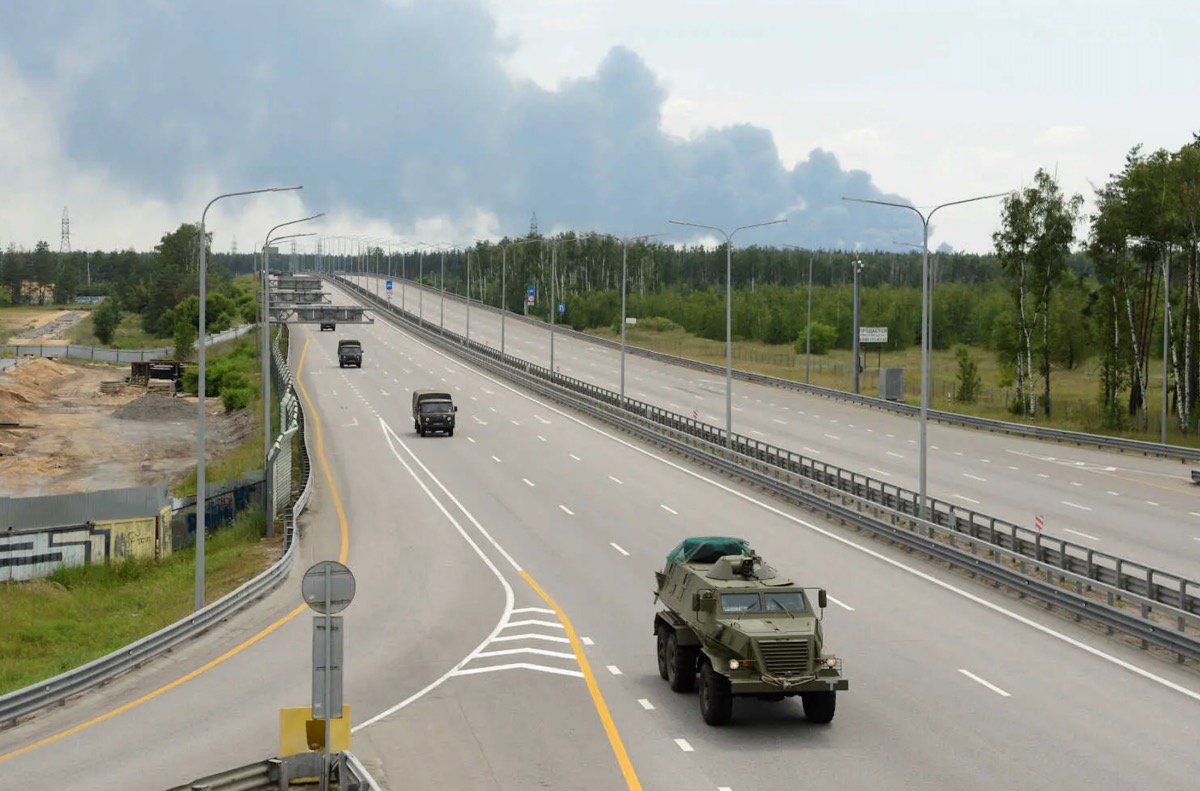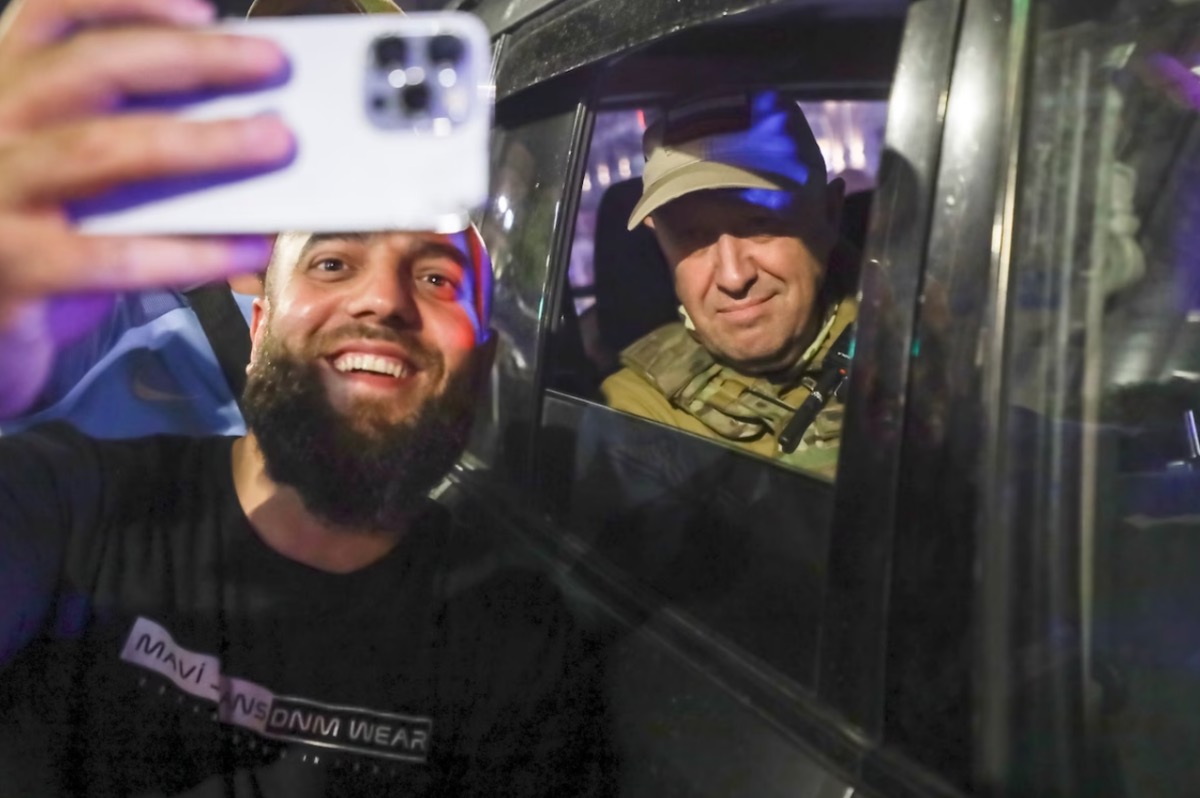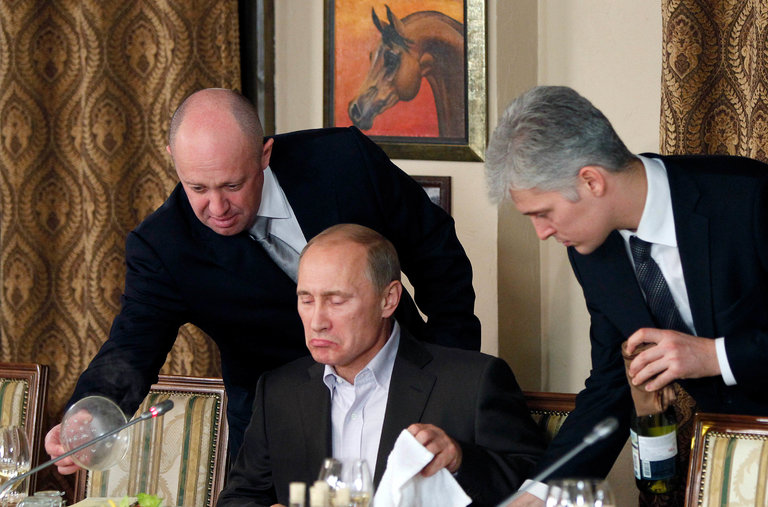MOSCOW, Russia — An unprecedented internal crisis is gripping Russia as President Vladimir Putin faces what he has termed an “armed mutiny” led by his former ally Yevgeny Prigozhin and the mercenary group Wagner.
In a stunning five-minute address to the nation on Friday, June 23, 2023, President Putin acknowledged the seriousness of the insurrection and announced that the regime is in “the toughest battle for its future.”
The Russian president stated that orders have been given to deal with the uprising with “harsh measures.”

But how did this all begin?
The unfolding crisis began with Prigozhin claiming that Wagner forces were attacked by a missile fired by the Russian military.
This alleged attack has resulted in an armed mutiny, which poses the most severe threat to Putin’s power since he took office in 2000.
Before Putin’s address, Wagner forces were seen taking control of Rostov-on-Don, Russia’s southern military headquarters, with Prigozhin stating that it was now under his control.

According to Britain’s Defence Intelligence agency, Wagner units are advancing northward toward Moscow, facing little resistance from Russian security forces. Some forces are believed to have remained passive, possibly acquiescing to Wagner.
There are reports of explosions and potential missile strikes against Wagner forces, but it is unclear how the Russian military is officially responding.
In response to President Putin’s address, Prigozhin openly defied the Kremlin’s authority, stating, “No one is going to turn himself in at the request of the president, the FSB or someone else, no one wants to continue to live in corruption and deceit.”

The conflict has sent shockwaves through Moscow, with reports of checkpoints being established on highways and increased security measures around the Kremlin.
In what appears to be a highly volatile and unpredictable situation, Prigozhin has claimed support from Russian citizens and vowed revenge for the alleged attack on his forces.
He has also accused Russian military leaders of deception and claimed that he is “ready to die” along with 25,000 fighters in his march.

The implications of this internal strife for the ongoing conflict in Ukraine are unclear. There have been reports of infighting between Russian soldiers and Wagner mercenaries in Ukraine, and Ukrainian forces have recently made gains by retaking eight villages from Russian control.
This internal turmoil represents an unprecedented challenge for the Russian state. The situation remains fluid, with potential for further escalations.
Global leaders and analysts are closely monitoring the situation as it unfolds, and its implications for not only Russia but the wider region and ongoing conflicts.
The backdrop of the conflict in Ukraine adds to the complexity and unpredictability of this internal strife within Russia, as the world watches with concern for what this could mean for regional stability and international relations.







